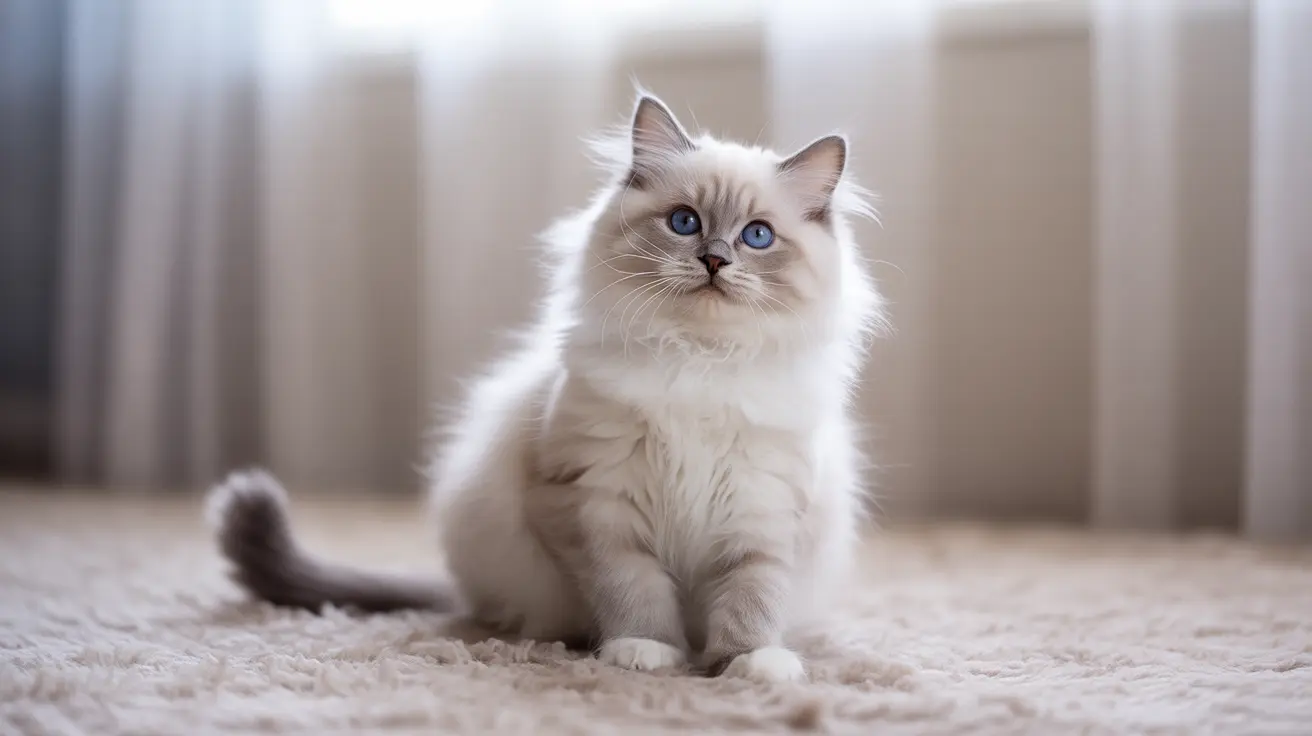If you've ever felt tiny shocks when petting your feline friend, you're not alone. Static electricity in cats is a common occurrence, especially during cold, dry months or in homes with low humidity. This phenomenon can be uncomfortable for both cats and their owners, but understanding its causes and solutions can help create a more pleasant petting experience.
In this comprehensive guide, we'll explore why cats become staticky and provide practical solutions to minimize this electrifying issue. From environmental factors to grooming techniques, you'll learn everything you need to know about managing static electricity in your cat's fur.
Understanding Static Electricity in Cats
Static electricity occurs when two surfaces rub together, causing an imbalance of electrical charges. In cats, this typically happens when their fur comes into contact with carpets, furniture, or even your hands during petting. Their fine fur acts as an excellent conductor for static electricity, making them particularly susceptible to this phenomenon.
Common Causes of Static in Cat Fur
Low Humidity Levels
The primary culprit behind staticky cats is low humidity in your home. During winter months or in air-conditioned spaces, indoor humidity can drop significantly, creating perfect conditions for static buildup. Optimal indoor humidity should be between 40-60% to help prevent static electricity.
Fur Type and Grooming
Cats with fine, silky fur are more prone to static buildup than those with thicker, coarser coats. Regular grooming with synthetic brushes can actually increase static electricity, especially in dry conditions.
How to Reduce Static Electricity in Your Cat
Increase Home Humidity
Using a humidifier is one of the most effective ways to combat static electricity. Place humidifiers in rooms where your cat spends the most time, and monitor humidity levels with a hygrometer.
Proper Grooming Techniques
Switch to metal combs or natural-bristle brushes, which create less static than synthetic options. Slightly dampening the brush before use can also help prevent static buildup during grooming sessions.
Environmental Modifications
Consider using natural fiber bedding and furniture covers instead of synthetic materials. These generate less static and can make a significant difference in your cat's comfort level.
Prevention Tips for Long-term Success
- Keep your home's humidity at optimal levels
- Use pet-safe moisturizing sprays
- Ensure your cat stays well-hydrated
- Ground yourself before petting your cat
- Clean regularly to remove excess fur and dust
Frequently Asked Questions
Why is my cat staticky and giving me little shocks when I pet them?
Your cat becomes staticky due to friction between their fur and surrounding surfaces, combined with low humidity levels. The electrical charge builds up and discharges when you make contact, causing those tiny shocks.
How can I reduce static electricity in my cat's fur during winter months?
Use a humidifier to maintain proper indoor humidity, switch to metal or natural-bristle grooming tools, and consider using pet-safe anti-static sprays. Avoiding synthetic materials in bedding and furniture can also help.
What causes static buildup on cats, and which types of fur are most affected?
Static builds up from friction between fur and surfaces, especially in dry conditions. Cats with fine, silky fur are most susceptible to static electricity compared to those with thicker, coarser coats.
Are there safe ways to moisturize my cat's fur to prevent static shocks?
Yes, you can use pet-specific moisturizing sprays or wipes. Never use human products or dryer sheets, as these can be toxic to cats. A very small amount of coconut oil can also be safe when used properly.
Can indoor humidity levels affect how much static electricity my cat gets?
Yes, indoor humidity levels significantly impact static electricity. Lower humidity (below 40%) increases static buildup, while maintaining proper humidity (40-60%) helps prevent static electricity in your cat's fur.
Conclusion
Static electricity in cats is a manageable issue that primarily occurs due to environmental conditions and fur type. By maintaining proper humidity levels, using appropriate grooming tools, and implementing preventive measures, you can significantly reduce static electricity and make both you and your cat more comfortable during petting sessions.






